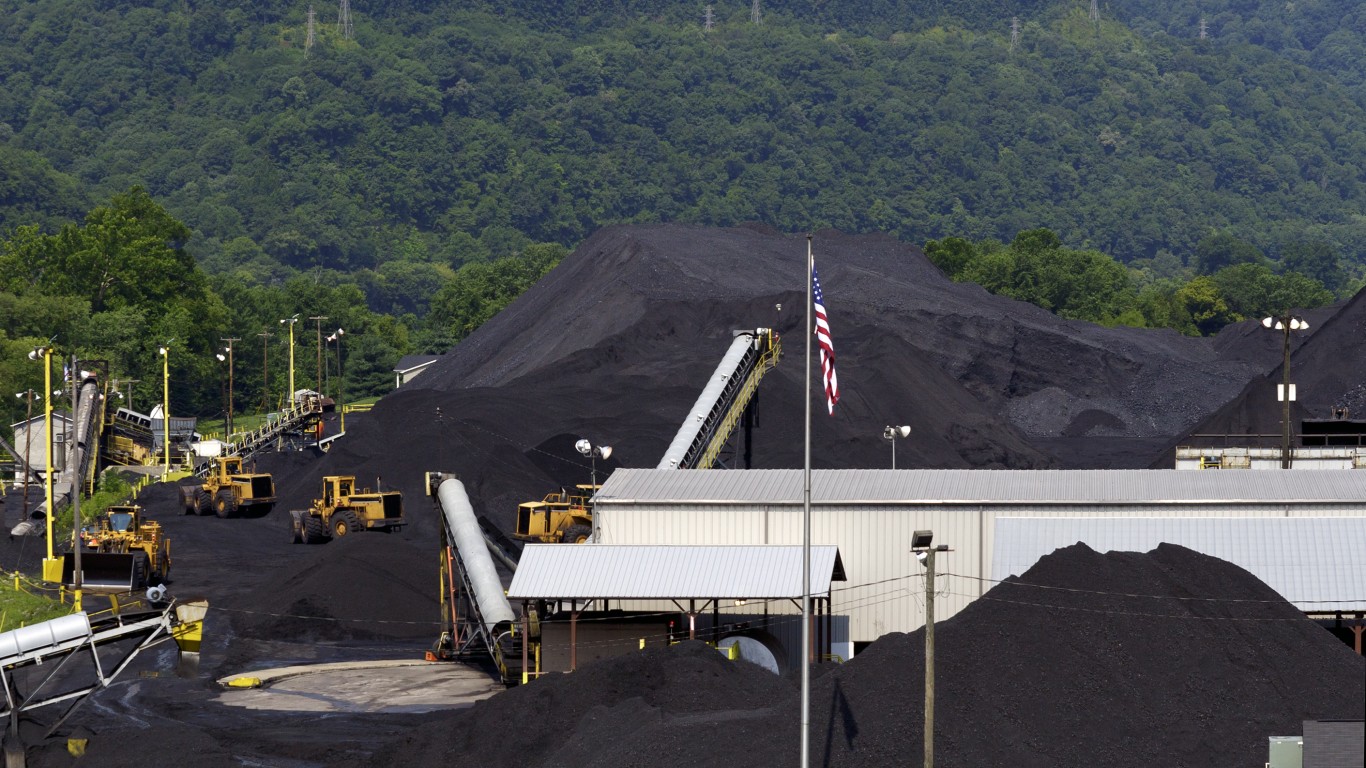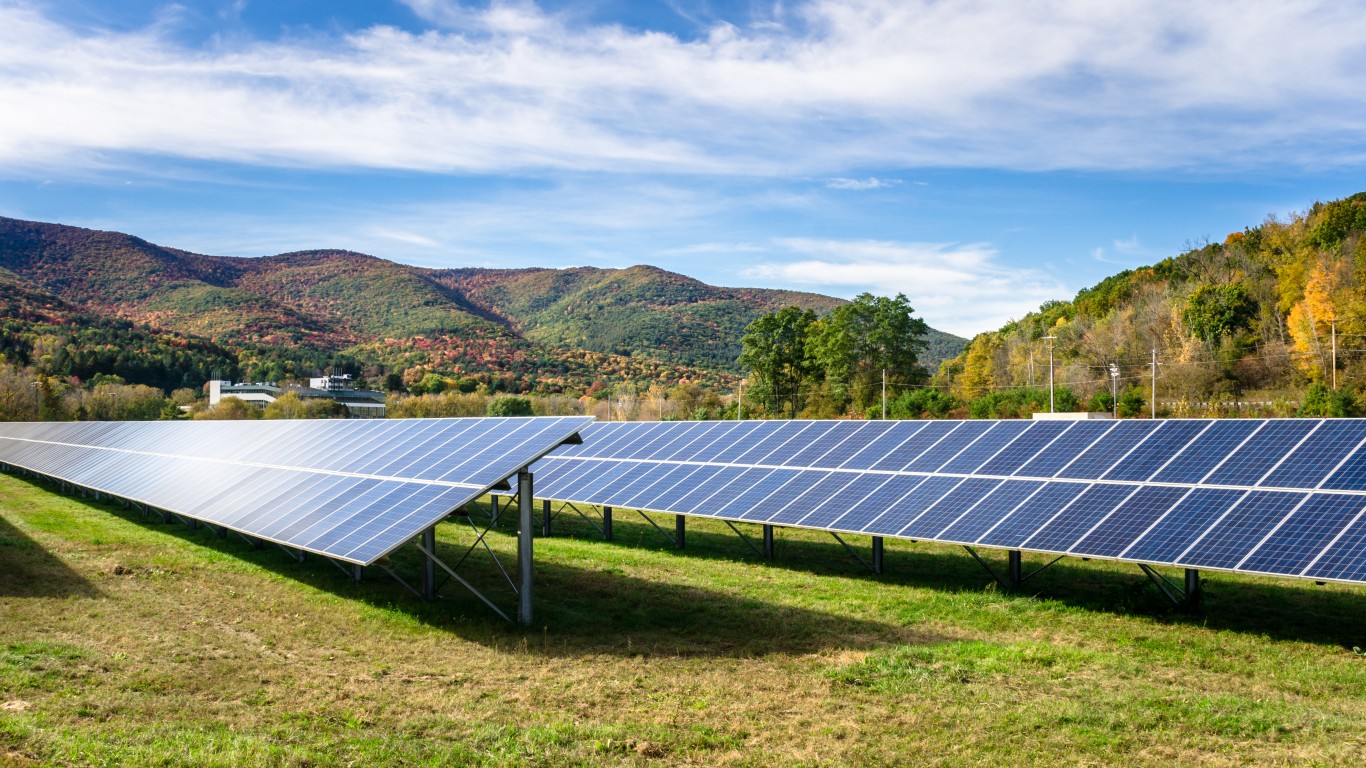
Moody’s posted new forecasts for oil prices in 2016 that are much lower than its earlier projections. Moody’s is slow off the mark compared to most forecasters, but its new outlook mirrors most.
The rating agency researchers wrote in its oil price forecast:
Moody’s has lowered its price assumption in 2016 for Brent crude oil, the international benchmark, to $43 from $53 per barrel and for West Texas Intermediate (WTI) crude, the North American benchmark, to $40 from $48 per barrel. The rating agency expects both prices to rise $5 per barrel in 2017 and 2018, according to the report “Oil and Natural Gas Industry — Global: Threat of Prolonged Oversupply Drives Prices Lower.”
With oil prices below Moody’s forecast level, its prediction may be too high.
Moody’s expects that U.S. oil production could drop some. But it will be more than offset by oil supply from other regions:
“OPEC oil producers continue to produce without restraint as they compete for market share, exacerbating the currently saturated markets,” says Terry Marshall, a Moody’s Senior Vice President. “Russia has also greatly increased production, and the possibility that sanctions will be lifted on Iran in 2016 could flood the market with even more supply.”
The battle to reach the bottom of oil prices continues to be driven by Saudi Arabia, which is believed to have among the lowest costs of production in the world. Its reasons for not cutting production are viewed as its effort to cripple other substantial suppliers, which include U.S. frackers. The strategy has worked, at least among small American producers, as low prices overwhelm their financial resources. But the disruption of the U.S. fracking industry has not had an effect so far. Neither will rising demand:
Moody’s forecasts that global oil demand will rise by roughly 1.3 million barrels per day in 2016, an increase from its previous assumptions as oil consumption picks up in countries such as the US, China, India and Russia.
With a slumping economy in China, Moody’s may be off the mark. The world’s largest oil importer may be as big a factor as the Saudis.
The Average American Is Losing Their Savings Every Day (Sponsor)
If you’re like many Americans and keep your money ‘safe’ in a checking or savings account, think again. The average yield on a savings account is a paltry .4% today, and inflation is much higher. Checking accounts are even worse.
Every day you don’t move to a high-yield savings account that beats inflation, you lose more and more value.
But there is good news. To win qualified customers, some accounts are paying 9-10x this national average. That’s an incredible way to keep your money safe, and get paid at the same time. Our top pick for high yield savings accounts includes other one time cash bonuses, and is FDIC insured.
Click here to see how much more you could be earning on your savings today. It takes just a few minutes and your money could be working for you.
Thank you for reading! Have some feedback for us?
Contact the 24/7 Wall St. editorial team.



